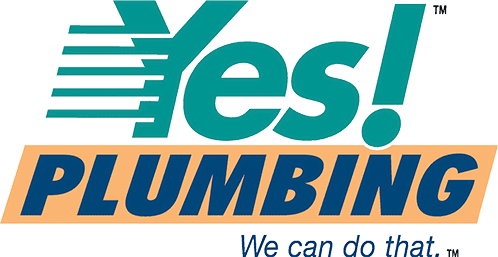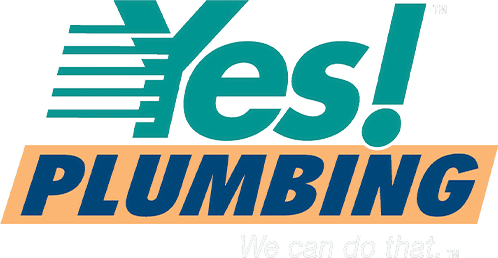When you are as totally immersed in an industry like plumbing for as long as we have been, sometimes we forget just how something that seems easy for us can be very challenging for folks who are not exposed to these things on a daily basis.
Recently we had a client call in to asking “Exactly how do I know if I have a sump pump?”
A licensed journeyman plumber would be able to tell in about the 2nd minute of a visit to the home if there is a sump pump, but it got us to thinking that maybe there are some clients out there who are interested in figuring this out for themselves. So, without further ado, let’s see if we can cover every single way you’d be able to tell if you have a sump pump.
Do You Have a House on a Slab?
If your house is built on a slab (no basement) then odds are there is no sump pump. Sump pumps are designed to take water that surrounds your foundation and pump it outside before it can seep into your basement. Sooooo—no basement—no need for a sump pump.
A sump pump will usually be in a preformed pit (we’ve seen them in a plain hole in the floor too!). So when you do find the pump, you will see a pit in the floor with a pipe coming out of it then exiting the home or going to the main sewer pipe. In most areas it is illegal to attach the sump to the sewer line so it will usually discharge outside the house.
Basement or Crawlspace
If you do have a basement or crawlspace, the easiest (but not only) way to see if you have a sump pump is to take a short hike around the exterior of your home.
Look for a pipe that’s at least 1-1/4” in diameter protruding through the wall and just hanging out in space. If you find one, that may be a sump pump discharge line. These are usually (not always) directly above the location of your sump pump. If you find a suspected discharge pipe, you can go to the basement or crawlspace directly below the pipe to see if the pump is there.
Keep in mind that sometimes the discharge line is attached to the sewer or is buried outside and directed to a lower point on the property. So just because you don’t see it outside doesn’t mean it is not there.
Check the Pit Outside the Home
Once in a very great while the sump pump is found in a pit outside the home. Usually that pit it pretty deep. The discharge pipe from the pit is usually buried and goes to a lower point on the property where it lets the water flow out of an open end. These pits will usually have a solid steel lid with no pipes sticking up.
What if you find the pit but it has two pipes coming out of it instead of just one?
That could indicate three differing scenarios. It could simply be that you have an extra pump (like a back-up pump designed to kick in if the first pump fails or if the power goes out). Or it could mean that you have found an ejector or utility pump which is completely different from a sump pump.
We won’t get into a discussion of why the three pumps are different and what their functions are. That will be a topic for another blog. Let’s just tell you the easiest ways to determine what you are looking at.
What is a Utility Pump?
You might be seeing a utility pump. Utility pumps are exactly like sump pumps but they have sealed lids and the lid will have two pipe penetrations.
One pipe is the pump discharge pipe and the other is a vent pipe. The utility pump is designed to pump grey water wastes (without solids) like washing machine water and condensate waste from air conditioners and humidifiers. It has to be sealed and vented because it carries sewage, and sewer gas is harmful to humans and pets. These 2 pipes will usually be 1-1/2 inches inside diameter.
What is an Ejector Pump?
If the pump has two pipes and is an ejector pump, you can identify that by the sealed lid, 2 pipes penetrating the lid, discharge pipe attached to the main sewer and the pipes will be at least 2 inches inside diameter.
This type of pump will handle solid waste from toilets and is usually found in basements or crawlspaces and the pit receives the discharge from the basement bathroom including sinks, showers tubs and toilets. Again the lid is always supposed to be sealed although we have run across many that are not.
As usual, if you can’t be sure and need a little help, call Yes! Plumbing (708) 847-7045 anytime. We’ll be happy to help out!
And if you want to know more about sump pumps, read our article on how to identify sumps pumps and when to replace sump pumps.

